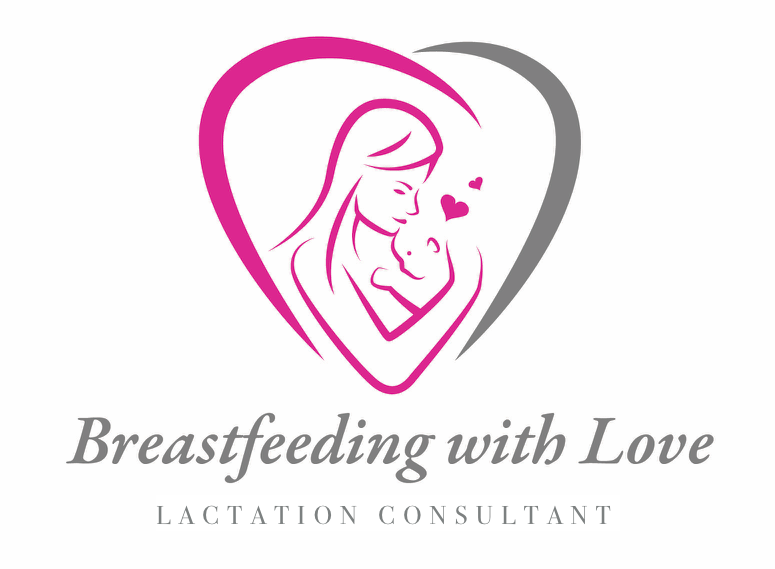Breastfeeding And A Milk Duct Fistula
Milk Duct Fistulas are rare. It happens when the normal pathways between one area of your breast are cut or disturbed. Therefore, milk that flows in your breast while breastfeeding needs to find another place to go. Furthermore, the milk may come out from the opening in the skin. You can continue breastfeeding. However, always consult with your doctor. What causes milk fistula? If you have had some kind of surgery on your breasts such as breast enlargement, augmentation or a biopsy, the ducts may have been cut therefore this interferes with the milk duct. Also, you may have had a clogged duct or Mastitis and it has complicated to this. Some milk duct fistulas can heal without doing surgery. Others require surgery. Some moms can continue breastfeeding while others have to stop breastfeeding in order to suppress milk production. Sometimes,suppressing milk production is the only way the milk will stop leaking. If you had an abscess removal or biopsy, some doctors recommend you to stop breastfeeding.While I interned at the hospital, when I was working on my Lactation Consultant degree, we had one woman who had surgery. It was recommended that shed rain out her breast by pumping. So, ask your doctor. Every case may be different. Surgical removal of the damaged duct may be needed. This will allow the skin to heal and leaking to stop. It may take several weeks to heal. Positioning yourbaby on the breast is very important. It is another factor in preventing a clogged duct. Clogged ducts can lead to milk fistulas. Proper positioning helps the baby to latch on and suck properly. Wearing the right size bra is important. Additionally, the bra needs to fit right and should not be too tight on your breast.A bra that is too tight may cause pressure on the breast tissues and cause a blockage of the milk duct. If you suspect aplugged duct, one of the best things you can do is to breastfeed as often as you can on that side. Make sure you empty the breast as much as you can. Position the baby so that the chin is pointing towards the affected area, the blocked duct. This will helpthe milk flow from the affected area. Itis also a good idea to massage while breastfeeding. Use a hot compress before you breastfeed. Before surgery is done on the milk fistula, usually, there is an ultrasound guidedaspiration. The affected area is cleanedas much as possible. Most of the time, the doctor also makes the decision to give you antibiotics. If you require surgery, the operation will go something like this: A general anaethetic is administered.The doctor will make sure it is safe for youand the baby while breastfeeding. Anincision is made, avoiding the areola, allowing the mother to breastfeed while you recuperate. The wounds need to becleaned. Milk will still leak into the cavity of the breast until the ducts eventually stop producing milk. While the wound heals, you may still experience milk coming out. Eventually, the skin heals. Ask your doctor any questions if you feel confused or uncertain about your surgery. In conclusion, a milk fistula is very rare. However, once you have one, it needs to be addressed and treated. Prompt diagnosis is crucial. Make sure once you are diagnosed, you aresent to the right doctor, a doctor who specializes in the breast. Good luck.I hope all of you who will experience this in your lifetime, will get throughthis situation fast and have a speedy recovery.

